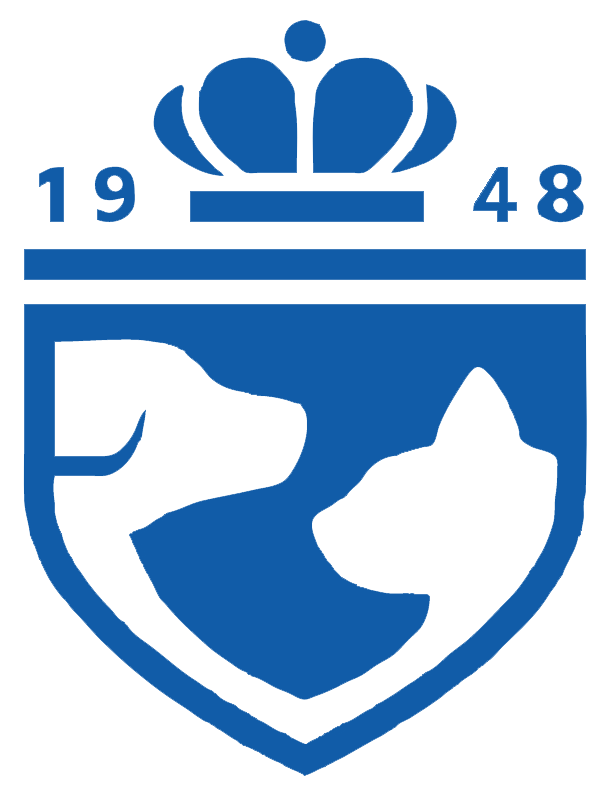Site Menus Section Skip to page content

Site Accessibility Features: Skip to page menus
Site Menus Section Skip to page content

This innovative technology allows us to perform advanced surgeries in a minimally invasive manner utilizing a video camera to guide the surgeon.
Gastric volvulus and dilatation, also known as bloat, is a life-threatening condition that primarily affects large breeds dogs. Distention of the stomach with gas, fluid or food, and twisting of the stomach along its axis are common features of bloat. A surgical procedure to treat bloat, called a gastropexy, involves tacking the stomach to the right side of the body wall.
Prophylactic gastropexy is recommended to prevent bloat in high-risk large breed dogs. These include great Danes, Irish wolfhounds, German shepherds, standard poodles, and bloodhounds. Previously this surgery was performed through a 12-inch abdominal incision. Now, a minimally invasive procedure called, laparoscopic gastropexy can be performed to achieve the same result. Laparoscopic gastropexy can be performed in conjunction with other procedures such as laparoscopic spaying and laparoscopic removal of abdominal testes (cryptorchidectomy). Minimally invasive surgery reduces morbidity and postsurgical pain, as compared to open conventional gastropexy.
A scope (camera) is inserted into the abdominal cavity through a 1 cm incision. A second 5 mm instrument port is established in the abdomen. This port serves to pick up the stomach with a laparoscopic instrument. A 2.5 cm incision is made on the right body wall in the predetermined gastropexy site, just through the skin. Once the stomach is pulled through the incision in the body wall, an incision is made into the serosa. Sutures are passed through the body wall and into the serosa of the stomach. The sutures are then tied to tack the stomach to the body wall.
Please call: (704) 523-2996 Email: care@longanimal.com
Long Animal Hospital 2523 South Boulevard Charlotte, NC 28203
© 2025 Long Animal Hospital & Emergency Center. Powered by LifeLearn Veterinary Websites